The essence of fresh mint meets the intensity of the almond and the kindness of the strawberry. As in these mornings, all variables are mixed to make every waking special.

The essence of fresh mint meets the intensity of the almond and the kindness of the strawberry. As in these mornings, all variables are mixed to make every waking special.

The Metropolitan Museum of Art is currently showing this year’s exhibition by the Costume Institute of New York, entitled PUNK: Chaos to Couture, examining the impact of punk on high fashion, looking at the movement from the early 70’s up until today.
One of the photographers chosen to be showcased at The MET is a London based photographer Tung Walsh, represented by 2DM / Management. The image chosen for PUNK: Chaos to Couture was originally shot by Walsh for POP’s September issue 2009, featuring fashion by Alexander McQueen.
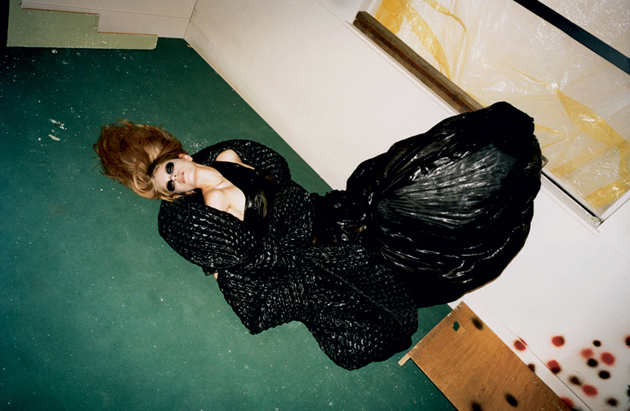
The exhibition will be open until August 14
From the bureau – Image courtesy of Tung WalshWe have already been thinking about the bicycle as a significant accessory that can define a look. Buying one is like picking a pair of sneakers or a sweater; it can reveal a lot about your personality and taste. Choosing a model over another one means being closer to a certain type of lifestyle. But the lifestyle of bicycles is not just appearance, it’s a real culture community.
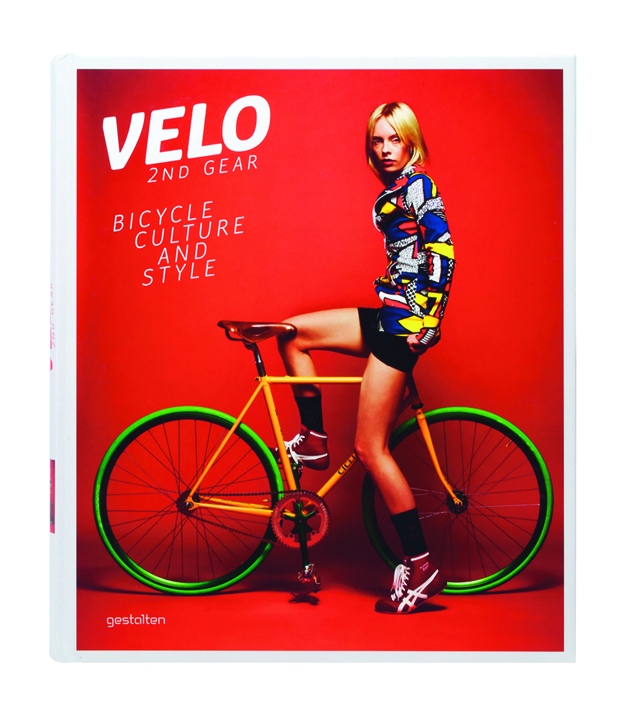
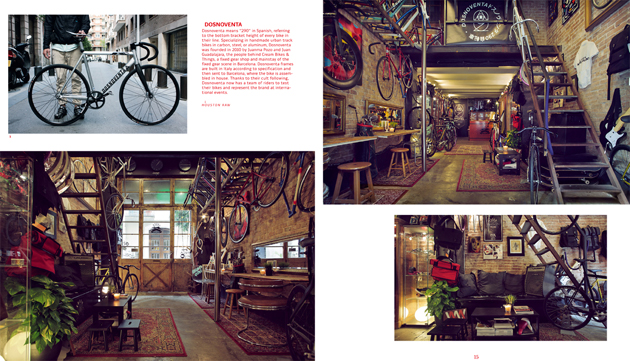
“Gestalten’s new Velo-2nd Gear: Bicycle Culture and Style book” is on the other hand a medium to showcase the most beautiful bikes around the globe, but also a narrative process that retraces the whole world behind the item, style included. Edited by Sven Ehmann and Robert Klaten, respectively the Creative Director and the Editor, the edition presents itself as a celebration of cycling, avoiding the commonplaces based on the green and healthy lifestyle.
The crucial aspect of this book is the way they tell the viewer the entire story behind the pictures, so that one has the impression of being part of the travel itself, and through the pages one can discover a street culture that is not just aesthetic but also cultural and technological, a continuously evolving millennial mean of transport.
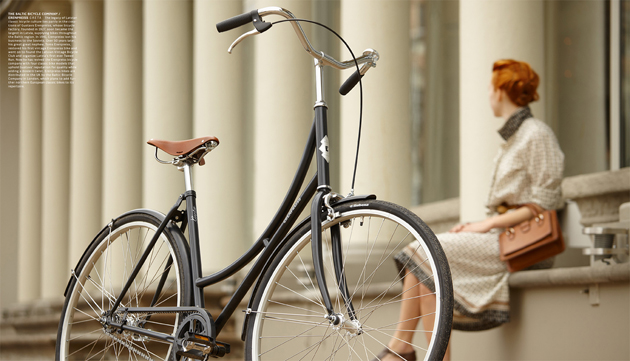
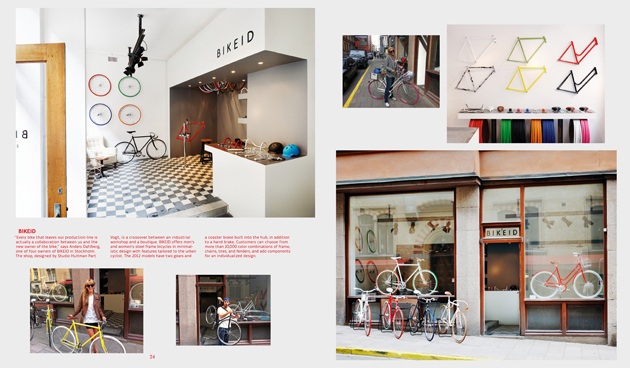
You’ll find behind-the-scene photos of famous contemporary manufactures along with best shops and showrooms worldwide, as well as underlined all those inventions that improved – and still do – the structure of the bike itself, the most extravagant designs, the most special accessories and clothing, and importantly enough also the people who ride these wheels.
In a 256-pages edition the reader gets the chance to completely embrace the culture of a very complex and varied universe; not stopping only to old school fixies but also beach cruisers, light-framed racers, mountain bikes and a section dedicated to specialized tour routes.
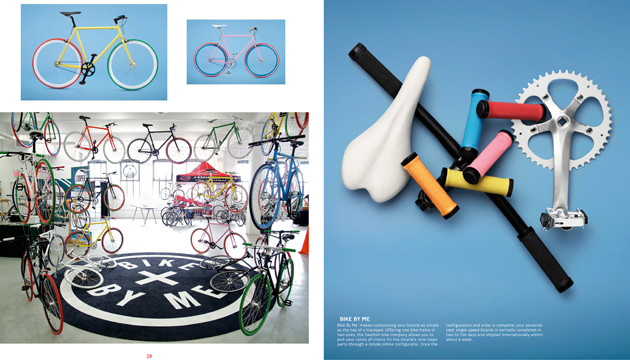
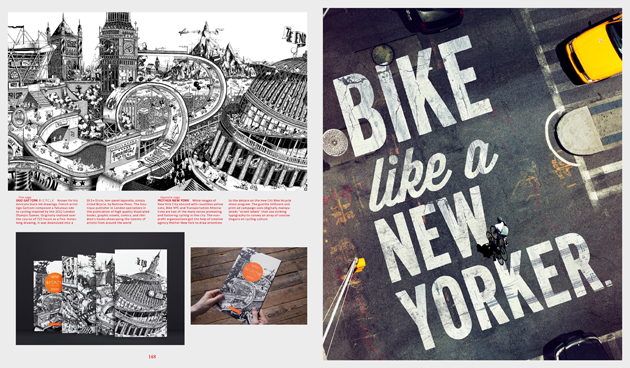
On a Saturday evening in the beginning of May, it wasn’t the usual party crowd lingering outside the club Berghain in the former east Berlin, the techno palace and former power station building that has come to sum up the whole idea of Berlin as the number one party capital. For the world premiere of Masse, a co-production between Staatsballett Berlin and Berghain, classical ballet dancers and choreographers came together with some of Berlin’s finest DJ’s and music producers, to create a triple bill in one of the halls of the gigantic building.
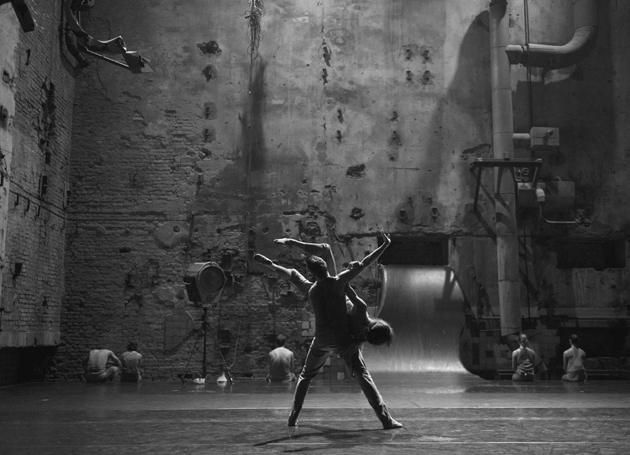
To bring some more art cred to the project, the Berlin based artist Norbert Bisky, considered one of the most important contemporary painters, created the stage design backing up all of the three choreographies. Created by Xenia Wiest, Nadja Saidakova and Tim Plegge, the three very different pieces are performed to techno by big names such as DIN, Henrik Schwarz and Marcel Dettman & Frank Wiedemann.
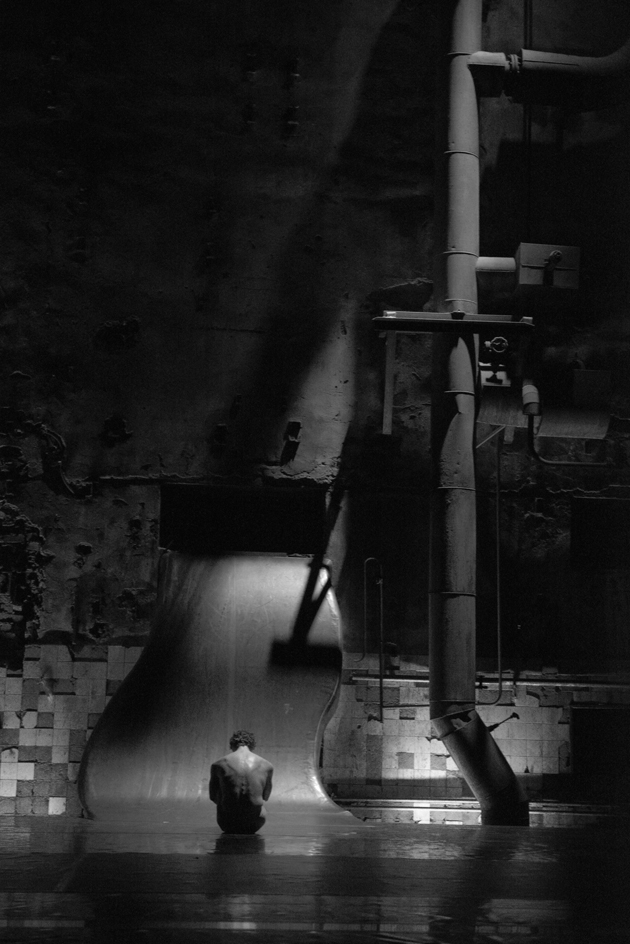
17 meters high, the performance hall used to serve as the boiler house of the combined heat and power station, built in 1954/55 as part of the GDR building masterplan including nearby monumental Soviet-style boulevard Karl-Marx-Allee. As of Masse, the room is open for the public for the very first time, meaning that this place is somewhere where not even the most regular Berghain clubber has ever set foot in. And it is an incredibile venue for a project like this; the raw, unfinished textures and industrial concrete, meeting the grace and power of some of Europe’s best classical dancers to dark and deep music.
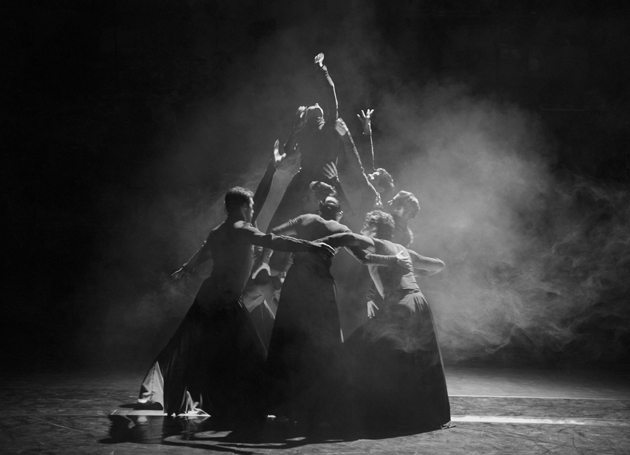
The most magic happens already in the first piece, Quinque Viae – Dynamics of Existence, when two unbeliveable dancers meet in a furious pas de deux. I’m not sure it was because of the lack of air in the hall or because of the beauty, but the result was actually breathtaking. And for those who didn’t know – ballet and techno is a match made in heaven.
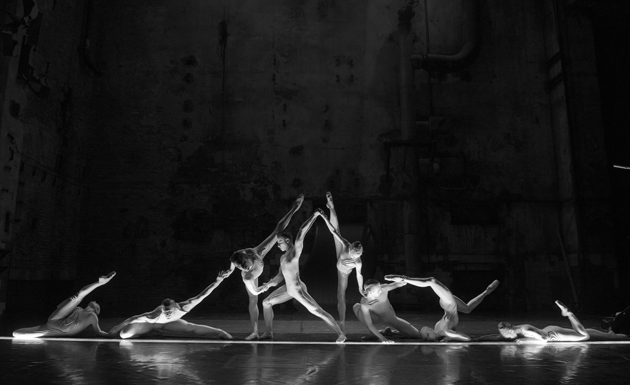
Masse is performed until the end of May, tickets are all sold out.
Helena Nilsson SträngbergEven though a new art publishing fair opens almost every week in some angle of the planet, Italy has been quite slow in keeping up with the rest of the world. One of the few, if not the only, art publishing fairs in Italy is The Book Affair, held in Venice every two years in the occasion of Art Biennale. We have had a pleasant chat about this year’s edition with The Book Affair’s founders, Marco Campardo and Lorenzo Mason, whose curiosity, enthusiasm and wit animate both their graphic design studio Tankboys as well as Automatic Books, a publishing house they co-founded in 2009.
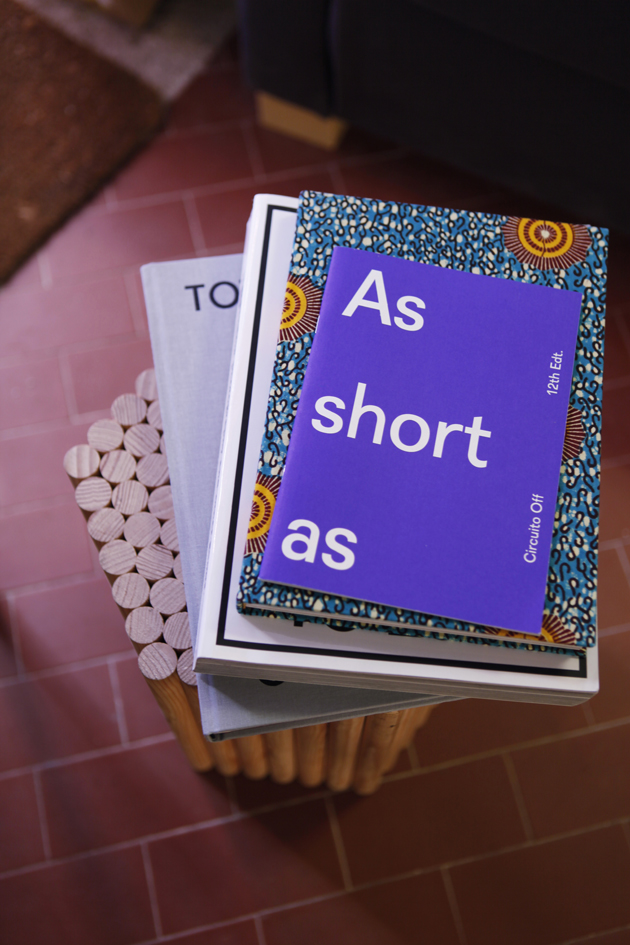
How and why have you decided to organize The Book Affair two years ago? What were your goals and interests?
We decided to organize the fair two years ago, since at that time there were no other art publishing fairs in Italy. Since we founded our own publishing house in 2009, we felt there was a need to promote this kind of production, especially in the context of Art Biennale, an extremely important event in our home town, Venice. It was the perfect occasion to bring together our small ‘independent’ world with what was happening in Venice at that time, opening this kind of production to the visitors of established art environment.
Could you tell us something more about this year’s edition of the fair?
This year’s edition will be much bigger and ‘serious’ than the edition of two years ago, when our resources and experience was much more limited. This year, we will have 30 accurately selected international exhibitors, together with three conferences discussing the role of artists’ books delivered by speakers like Dexter Sinister and David Horvitz. We will also have a series of short lectures and book presentations delivered by artists, designers and photographers like Peter Sutherland with Wonder Room and Studio Blanco, Paul Soulellis or Joshua Simon. In addition to that, there will also be an exhibition about artists’ books curated by Giorgio Maffei, with the goal of examining not only the contemporary production, but also discussing the role of artists’ books throughout the history.
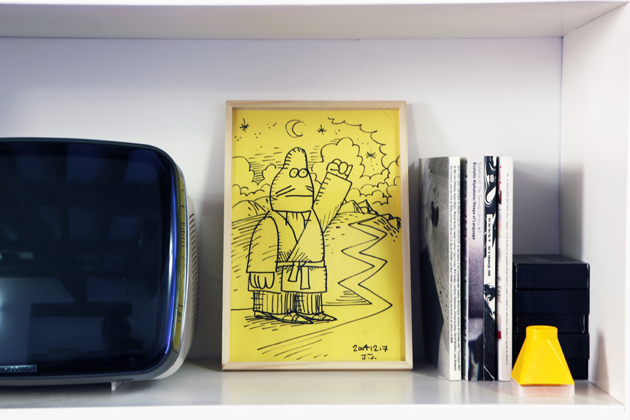
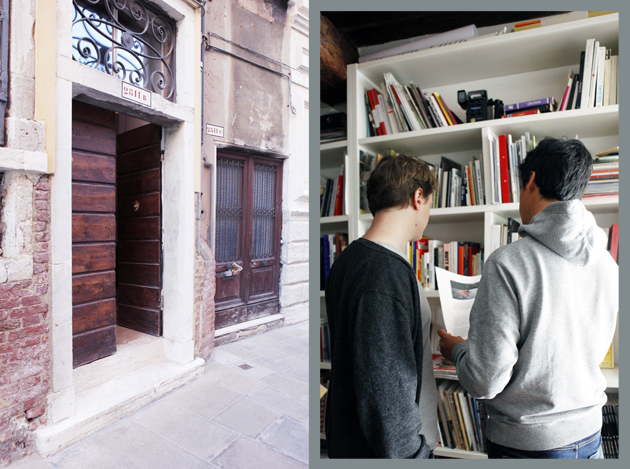
What do you think is the role of publishing in contemporary art world?
There are two basic roles of publishing in the art world. The first role is that of educating and disseminating notions through catalogues, historical books and magazines. The second ‘modus operandi’ sees books as an instrument in promoting and communicating the work of an artist in an economical and, thus, potentially wide-spread way. This is the basic reason why artists throughout the history have produced books, since it was a fairly economical way to disseminate their work.
Looking at today’s production, how can we distinguish artists’ books from just nicely printed books? What is the quality that allows us to classify them as artists’ books?
The interesting thing about our fair is that it brings together collectors like Giorgio Maffei and contemporary young publishers, allowing a direct confrontation between some of the most significant artists’ books produced in the last 50 years with contemporary production. By comparing these two worlds, one cannot but wonder how some books have become widely known without being particularly well produced. This demonstrates how you cannot be certain in judging this kind of production, it depends a lot on the instinct of a curator or a publisher.

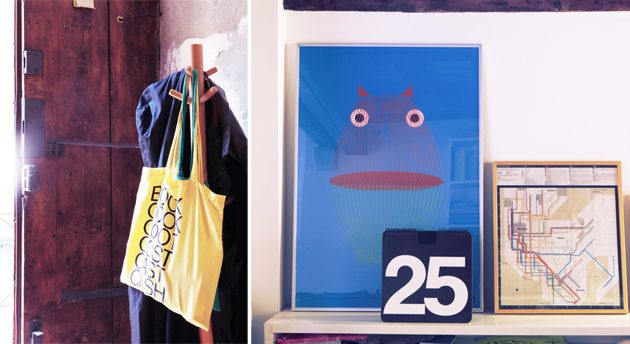
Why do you think there is a renewed interest in artist’s books? How do you contribute to this discussion with your event?
Probably it relates to the fact that the more we live in a digital environment, the more we feel the need to touch physical objects. Our involvement with these kinds of topics is due to the fact that we as publishers needed to find possible answers to some of the questions we had regarding the role of artists’ books. It was necessary for us to create a discussion around this topics with protagonists who have witnessed its evolution since the ’60, like Giorgio Maffei or Franco Vaccari.
Your main occupation is graphic design with Tankboys studio, what is the interest behind your occupation with projects like this fair that don’t enter directly in your professional sphere?
We believe that a graphic design as profession cannot exist without a concrete connection with other contingent worlds, like art, publishing or product design. Graphic design isn’t an isolated sphere; a book cannot exist without the contents that form it; a poster cannot exist without an event that it refers to. We feel the need to be directly involved with many different projects to be able to successfully produce our work, be it as authors, curators or publishers.
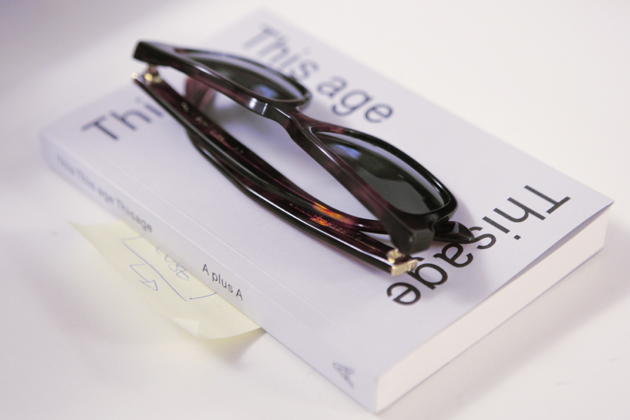
Why do you think so many young designers seek alternative venues and self-produced projects?
Well, we don’t believe this is uniquely a contemporary condition. Designers like Bruno Munari, Enzo Mari or Bob Gill have always produced books and other projects that didn’t strictly relate to their day-to-day activities.
What would be your ideal project to work on as Tankboys?
We would like to cite Enzo Mari who, when asked the same question, replied that he would have loved if someone had commissioned him to design the first ball ever. So, we would like to be the first ones to design something that is both brilliant, timeless and perfect at the same time.
Who would be your ideal client as Tankboys and what would be your ideal book to publish as Automatic Books?
One interesting book that we would have loved publishing is Guy Debord’s book “Mémoires”, bound with sandpaper so that it would destroy other books placed next to it on the bookshelf.
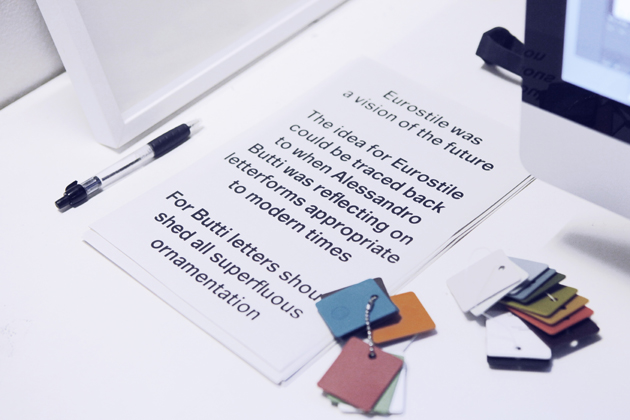
In the gardens overlooking the sea of Positano grow the most important lemons in Italy. The locals say that they resemble women’s breasts, because they have a round shape and a bump at the end. This type of lemon is called “sfusato” and its aroma and flavor are very distinctive; sweet and crispy. If you walk through the mountains of Positano, you can feel this fragrance in the air. Here people are long-lived, eating a whole lemon every day.
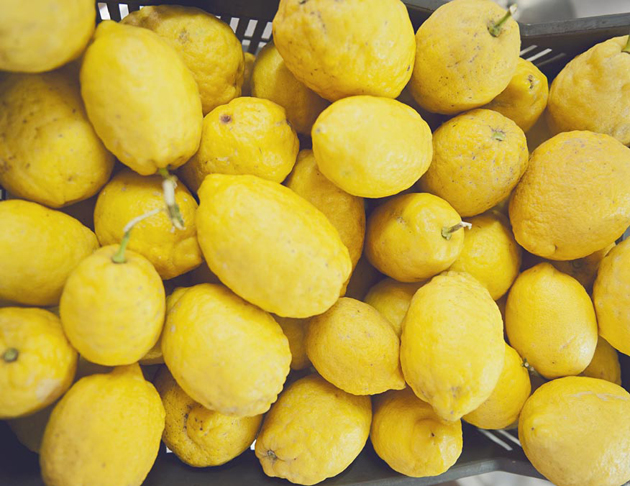
Here this wonderful fruit is transformed in one of the most important liqueurs of the coast: Limoncello. The skin is peeled and infused in alcohol for a few months, to give life to the world-famous Limoncello. Valentino, the friendly owner of Il Gusto della Costa, a small workshop on the streets of Praiano, explained to us that the sun and the ground are the key factors in making those areas particularly suitable for the cultivation of lemons. Even the salt of the sea and the mountain air contribute to the birth of the delicious fruit.
We strongly recommend to get to Praiano to purchase at least five kilos of lemons and ask the villagers few tips on how to make Limoncello. You will return home with your notebook full.
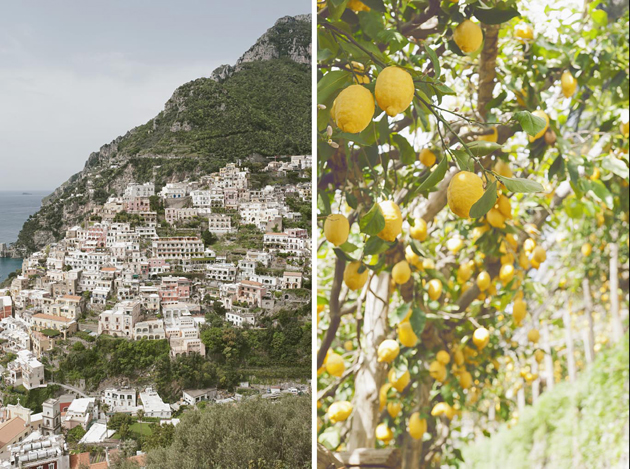
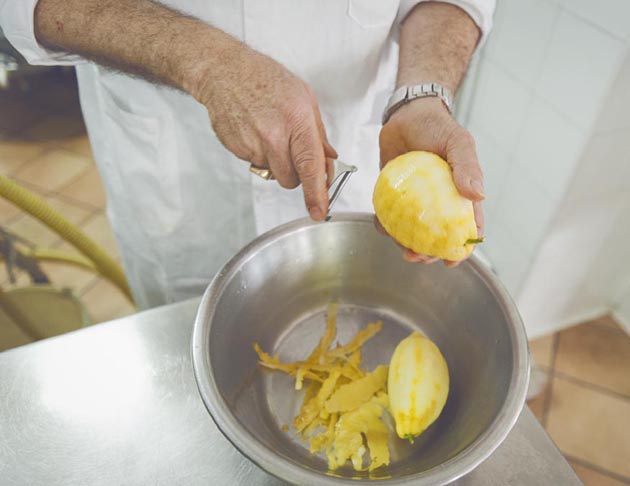

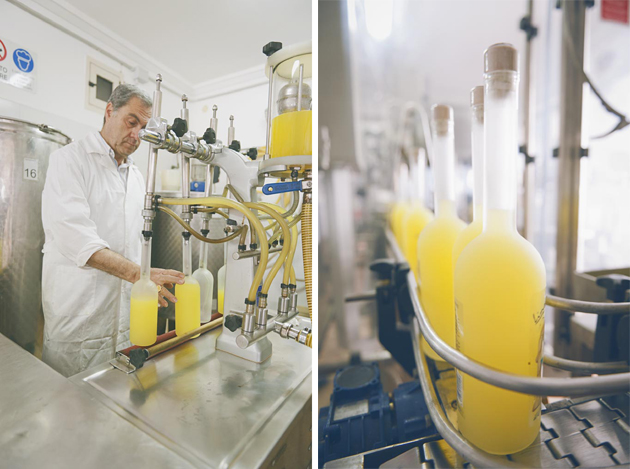
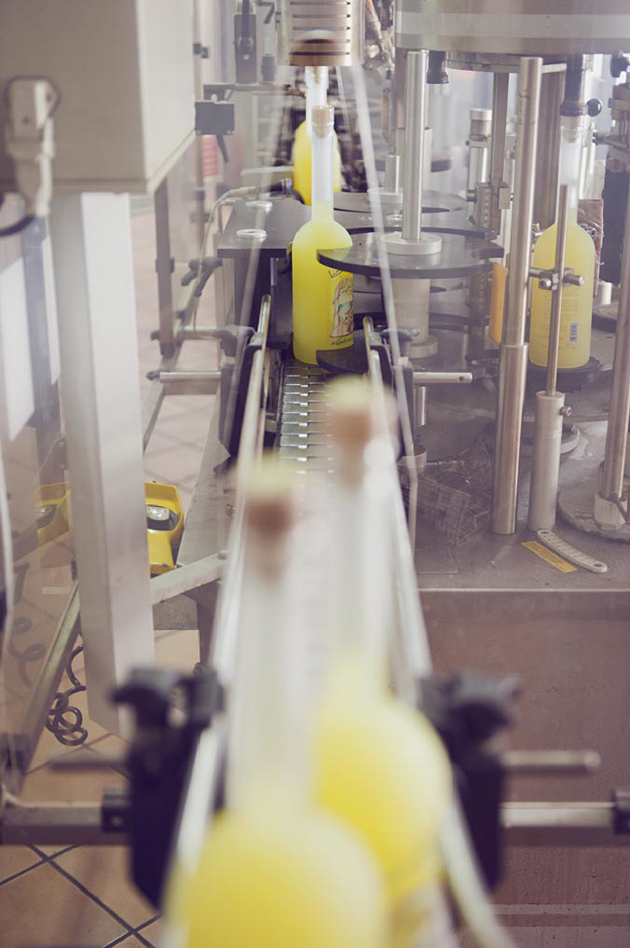
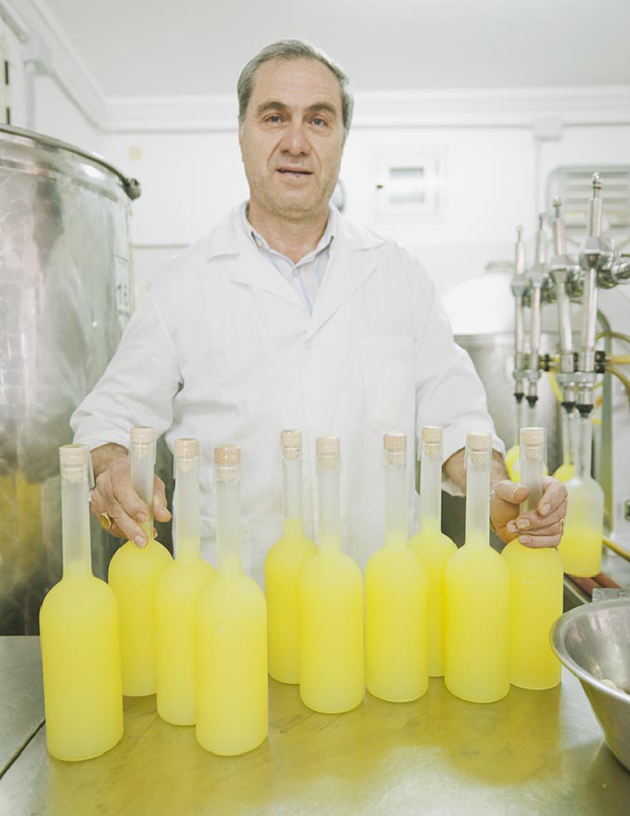

The Red Bull Music Academy is in full swing here in New York City, and despite not having much use for the energy drink, the events they’re putting on throughout the city are the bee’s knees. The cat’s meow. The cream of the cream of the crop. You understand. There was that illustrated talk with Brian Eno, a conversation with Erykah Badu, a string of Sunday afternoon conversations about classic David Bowie albums featuring Tony Visconti and Nile Rodgers, a $5 Four Tet concert, etc. etc. The only problem is that most of the events somehow manage to sell out before they go on sale. But most of the events, and all of the lectures, are available for free online. Because let’s be honest: most of us won’t make it.

Next up is a sold-out show celebrating the 12th anniversary of the venerable New York dance label DFA Records, at Grand Prospect Hall on May 25th. DFA was founded in 2001 by producers James Murphy and Tim Goldsworthy and former Nickelodeon child star Jonathan Galkin. They’ve been virtually bullet-proof since dropping The Rapture’s single “House of Jealous Lovers” http://www.youtube.com/watch?v=wvtSF6JYln8 12” in 2002. Murphy went on to form LCD Soundsystem http://www.youtube.com/watch?v=Ve9Y-dl40sQ, one of the decades most adored and influential bands, and the label seemed to effortlessly release ass-shaking singles from the likes of Hercules and Love Affair, Hot Chip, The Juan Maclean, Black Dice, Shit Robot, and YACHT. DFA Records made it cool for white kids to dance again.
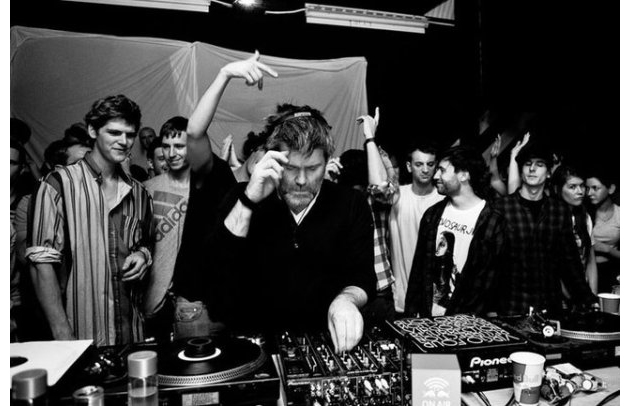
The Red Bull party is set to be the biggest in the label’s history and will feature (in order of appearance): James Murphy, Jonathan Galkin, The Juan Maclean, The Crystal Ark, Pat Mahoney, Nancy Whang, Tim Sweeney, YACHT, Vito & Druzzi (The Rapture), Factory Floor, Prinzhorn Dance School, Planningtorock, Larry Gus, Dan Bodan, Black Dice, Still Going, and Marcus Marr. They’re more New York than Kat’z Deli: Too old to be new, too new to be classic.
I know most of you live in Europe and whatnot, but if you’re in New York and can’t make it into the DFA party, Mr. Murphy will also be giving a Red Bull-sponsored talk at NYU on May 27th. It’s $5, it’s sold out, but it’s well worth a try.
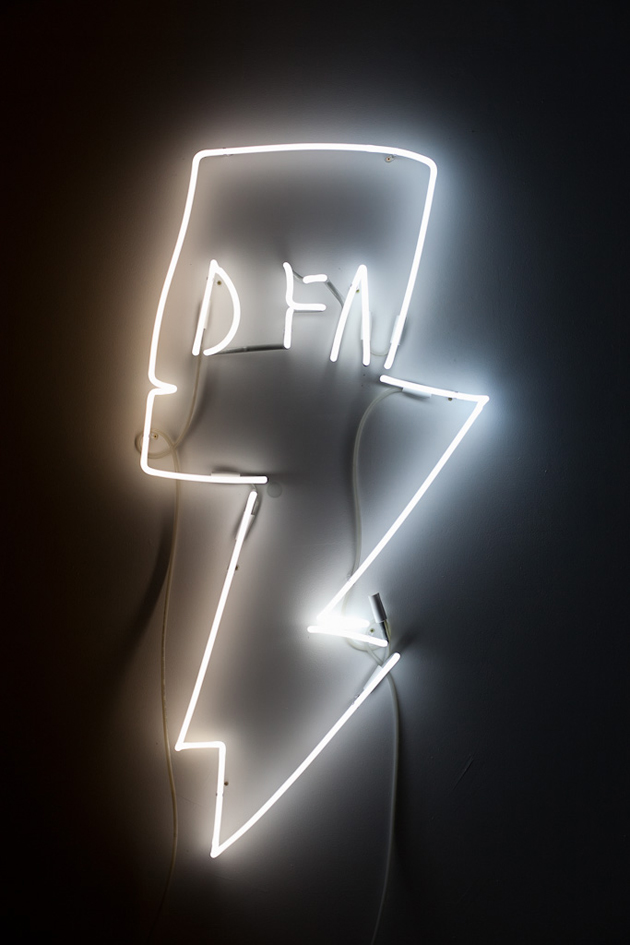
Roll your lowrider down Oñate, ese.
Roll your blunt down Riverside, bro.
Spark it with a vacha, ese.
Then up at 6 to haul leño.
Red or green
in black and white.
Fiestas y luego a bonfire by night.
Jail and bizcochitos and a single-wide home.
Overdose.
Then comatose.
Adobe and Om (ओं).

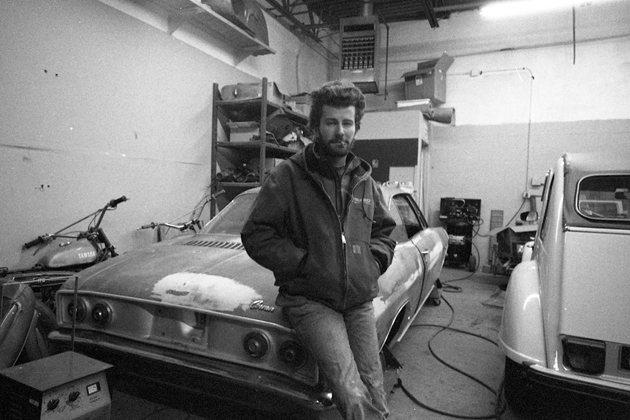
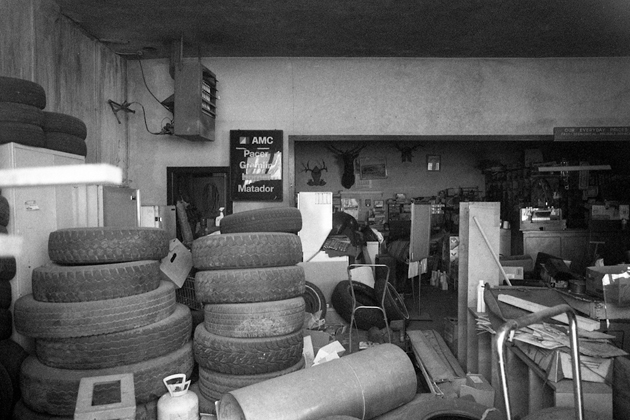
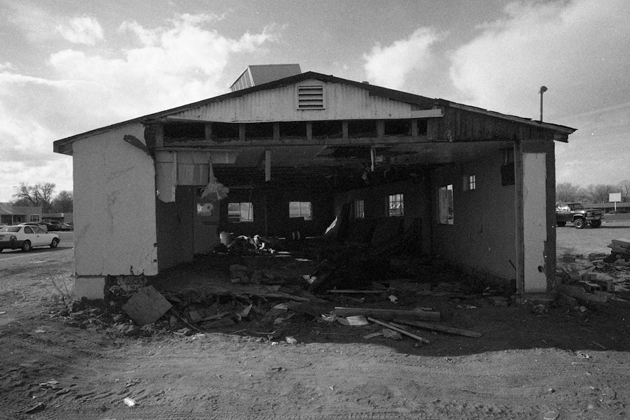


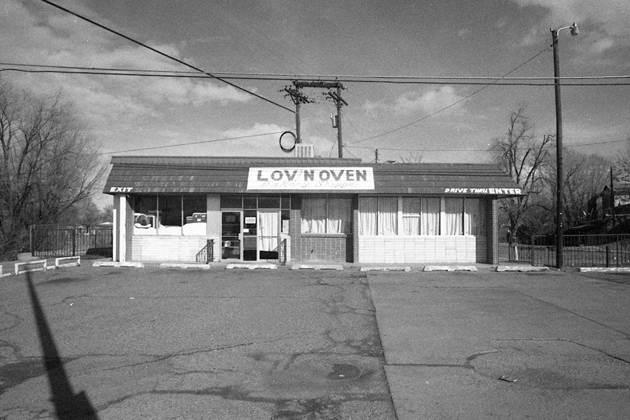
Musée des Arts Décoratifs in Paris has recently opened the doors of a 1000-square-meter show dedicated to the beloved brothers of international design: Ronan and Erwan Bouroullec. Even though here in Italy they might be defined ‘young’ talents, the two brothers have already been working together for fifteen years and this show puts together the variety and complexity of their production.
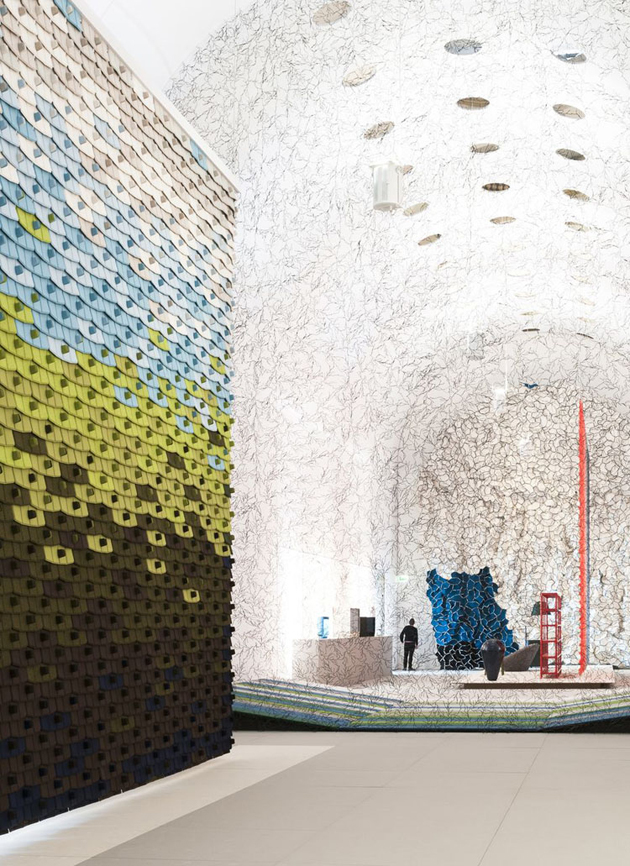
Titled “Momentané” the show is structured in three different sections. The vault of the exhibition space is dedicated to their extensive production of lightweight screens: modular designs created for Vitra, Kvadrat and Cappellini create a giant installation of Twigs, North Tiles, Algues and Clouds. One side of the nave, on the other hand, gives space to more than one hundred objects, ranging from different scale original models as well as final products. The other side of the nave is the set of office and collective space projects, together with a long wall showcasing numerous delicate drawings created by the designers (that have recently become protagonists of a book).

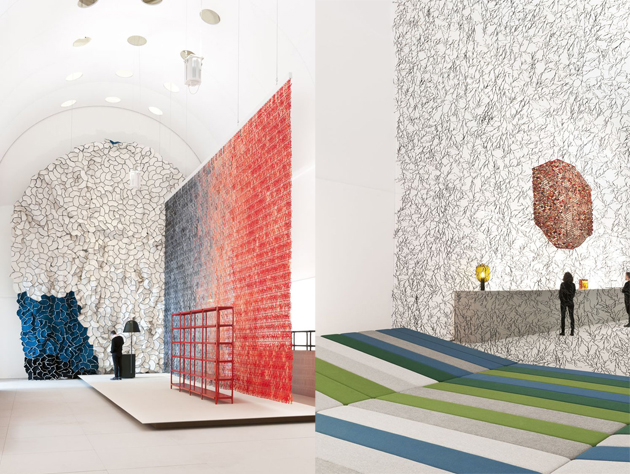
It might seem that this show is an ode to modularity, sequence and repetition, qualities that often characterize the Bouroullec brothers’ work. In fact, they declare themselves great admirers of Charlotte Perriand, whose combination of distinctively rigorous modular elements and playful colouring made her work stand the test of time. Fifteen years might not be enough time to know with certainty that the most famous brothers of the design world will be remembered in half a century, but it does seem like a pretty sure bet.
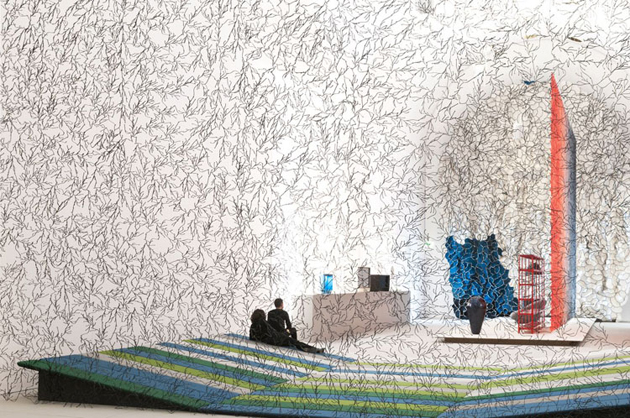
The story behind the myth of mademoiselle Coco Chanel has already inspired plenty of works – among with biographies, romances and movies – but there is one piece of work that caught our eye recently.
Written by Elle France columnist, Pascale Frey, and illustrated by Bernard Ciccolini, Editions Naïve’s collection Grand Destins de Femmes features biographies of iron ladies such as Coco Chanel, Isadora Duncan, Virginia Woolf, Diane Fossey and Françoise Dolto. The real news about this edition is the ironic way that Coco’s life is communicated through the illustrations. From her tough childhood to the way she started sewing, the time spent as a sales assistant at Maison Grampavre, up to the quite memorable singing performance at the café-concert in a Moulins pavilion, “La Rotonde”; funny expressions and hilarious circumstancesgive us an image of a woman who is pretty far from the podium of fashion dictators we are used to think of.
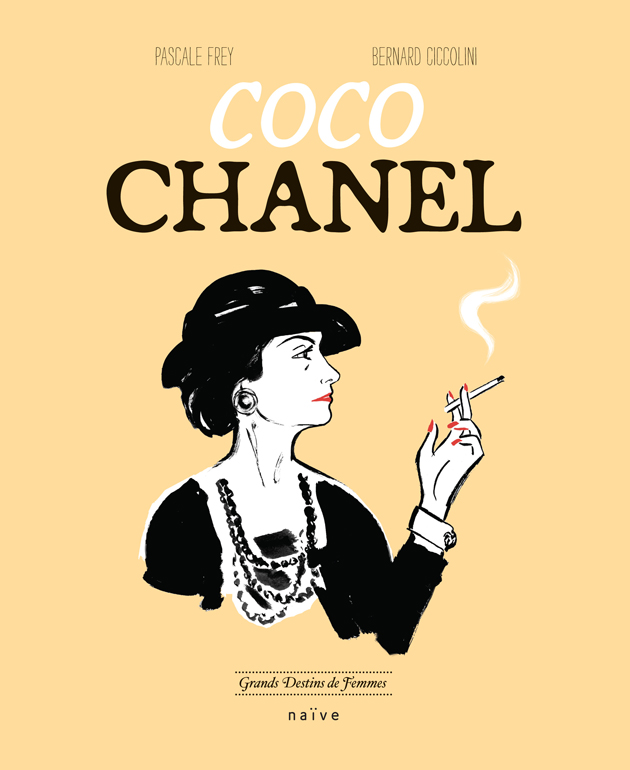
Not even her private life, characterized by two main lovers, Etienne Balsan and Arthur Capel, has been forgotten. The book tells the stories of her move to Paris at the beginning of 1900, of the creation of her iconic scent and the famed silhouette.
The watercolor illustrations not only retrace her life but also give us an idea of what was the French society back then: Ballets Russes, artists of the interwar, people around and inside her everyday routines. They also tell a bit about her adventures in Hollywood, a quite short time in which she worked as a costume designer overseas.
We find narrated the whole life of a woman who never gave up and who changed the rules of fashion, a story that is loved mostly because it represents the classical success story, from poor and abandoned to rich and loved. This book gives us the chance to perceive the figure of Coco Chanel from another perspective, not only more comical but also more human.
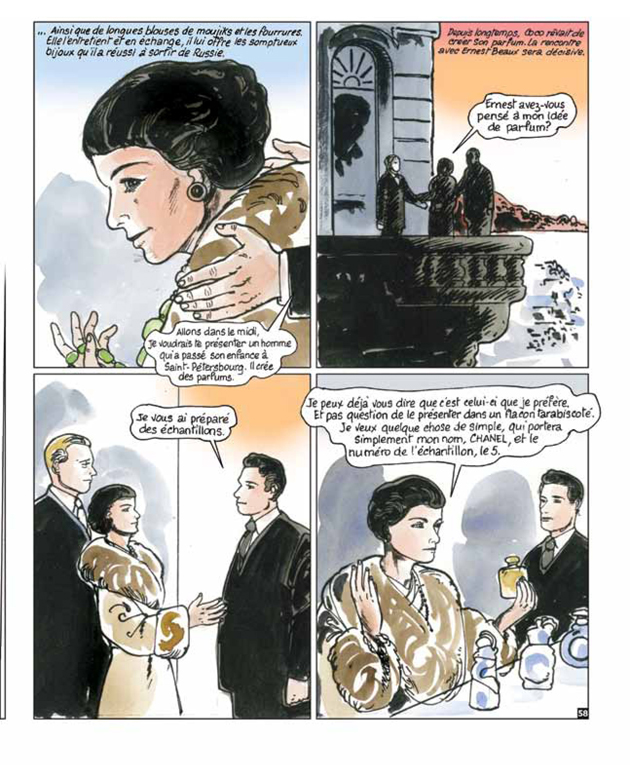
Coco Chanel has been released in conjunction with the 100-year anniversary of the maison’s first boutique at the Deauville’s Hotel placed in Normandy.
Francesca Crippa